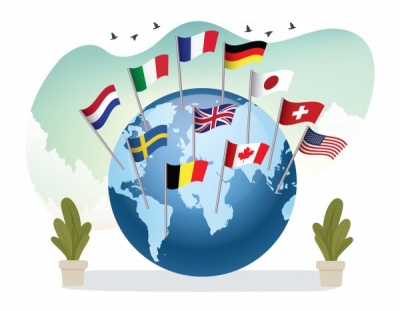
The Kyoto Protocol was the first significant international treaty that aimed to combat global warming. It was named after the city (in Japan) in which it was adopted in December 1997.
It urged participating countries to develop national programmes to reduce emission of greenhouse gases (like carbon dioxide and methane). It came into effect only in 2005 after delayed approval. Since 1997, 191 countries have backed the agreement. However, some developed countries including the US, Canada, and Russia have denied meeting the emission targets.
While the Kyoto Protocol expired in 2020, the Paris Agreement is now the active instrument to fight climate change.
The Kyoto Protocol is based on the principles and provisions of the Convention and follows its annex-based structure. It only binds developed countries, and places a heavier burden on them under the principle of “common but differentiated responsibility and respective capabilities”, because it recognizes that they are largely responsible for the current high levels of GHG emissions in the atmosphere.
In its Annex B, the Kyoto Protocol sets binding emission reduction targets for 37 industrialized countries and economies in transition and the European Union. Overall, these targets add up to an average 5 per cent emission reduction compared to 1990 levels over the five year period 2008–2012 (the first commitment period).
In Doha, Qatar, on 8 December 2012, the Doha Amendment to the Kyoto Protocol was adopted for a second commitment period, starting in 2013 and lasting until 2020.
As of 28 October 2020, 147 Parties deposited their instrument of acceptance, therefore the threshold of 144 instruments of acceptance for entry into force of the Doha Amendment was achieved. The amendment entered into force on 31 December 2020.
The amendment includes:
New commitments for Annex I Parties to the Kyoto Protocol who agreed to take on commitments in a second commitment period from 1 January 2013 to 31 December 2020;
A revised list of GHG to be reported on by Parties in the second commitment period; and
Amendments to several articles of the Kyoto Protocol which specifically referenced issues pertaining to the first commitment period and which needed to be updated for the second commitment period.
Credit : United nations climate change
Picture Credit : Google



